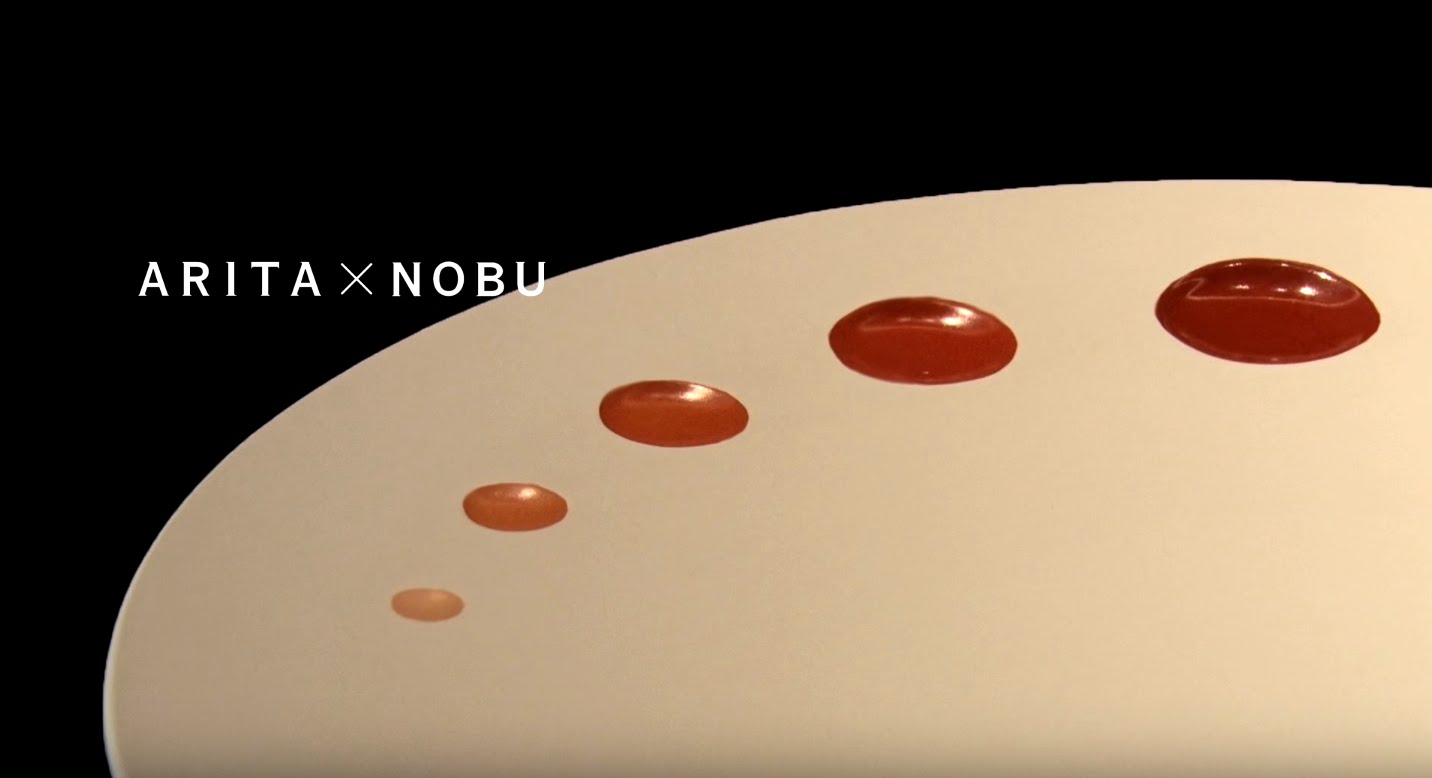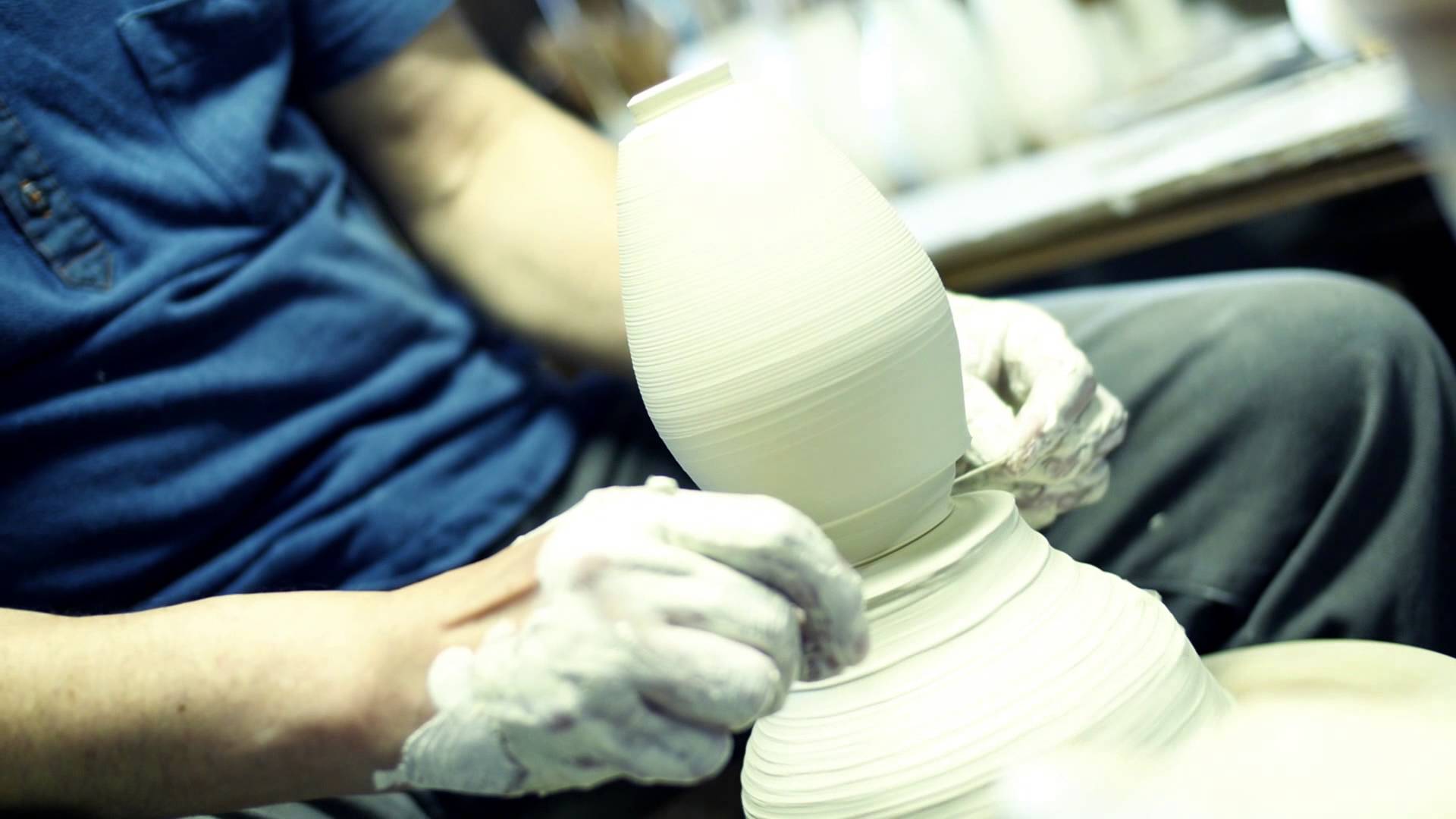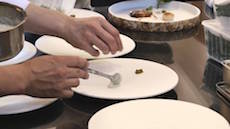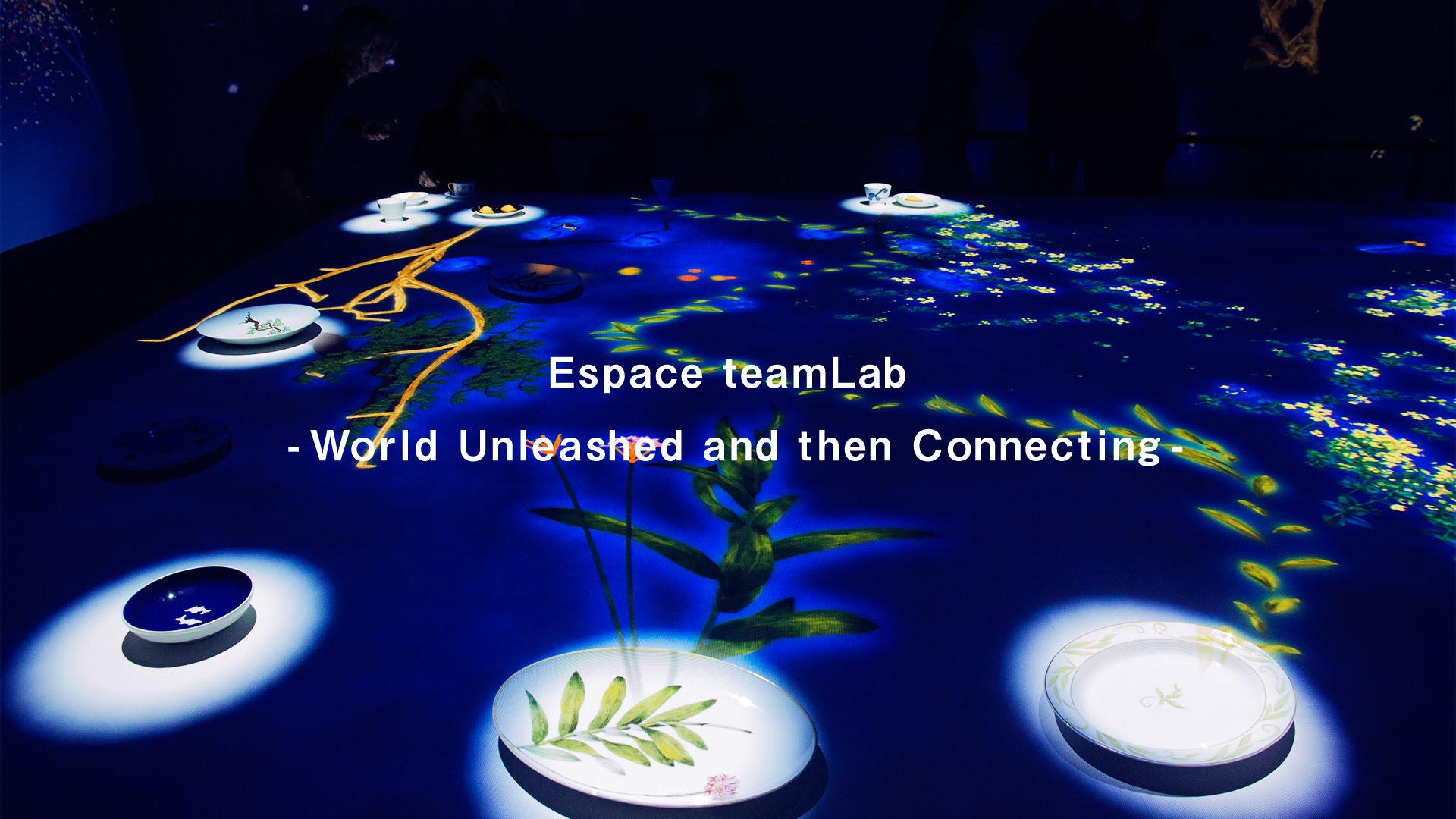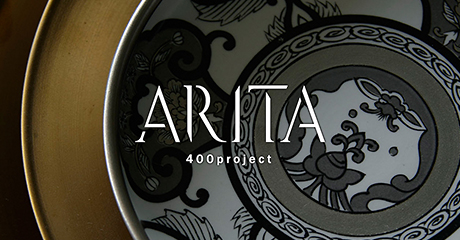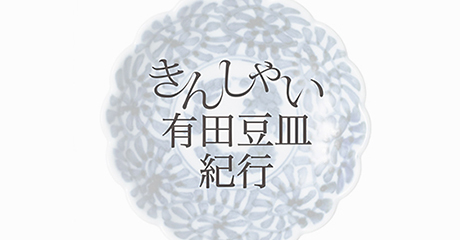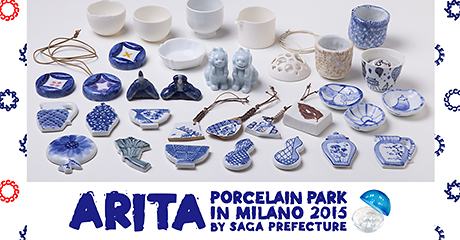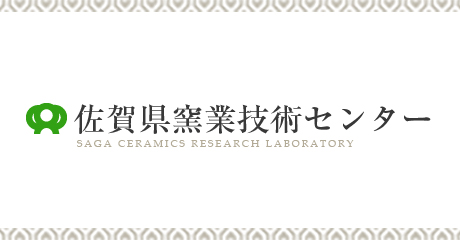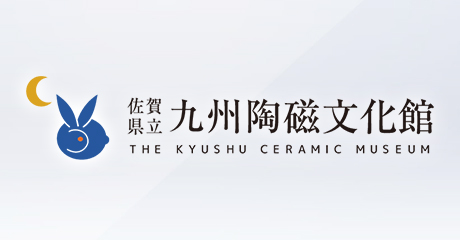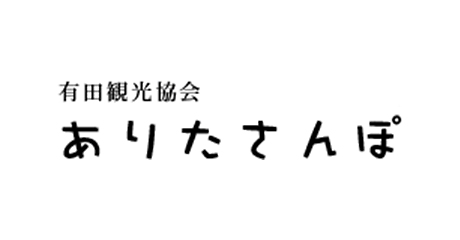013
The Path for ARITA Unfolds. Discovering Seeds in Europe.
As a part of the overseas expansion involving the rebranding of Arita porcelain and cultivating the European market, the marketing research project SEEDS of ARITA is currently under way with a focus on display and sales in NAKANIWA, a Parisian gallery presenting the beauty of Japanese tradition.
The stage is Saint-Germain-des-Prés, a major center of art and culture
November 27, 2014 saw the launching of the SEEDS of ARITA project in the heart of Saint-Germain-des-Prés, Paris, long renowned for its championing of culture, art, and intellectual life in France. Under the umbrella of four distinct themes, the project displays Arita porcelain in NAKANIWA, a gallery devoted to presenting the beauty of Japanese tradition; NAKANIWA is solely responsible for promotion and marketing, and along with sales of products the project is also an exercise in in-depth market research. The eight participating porcelain producers were all wondering how their Japanese mono would be evaluated and accepted as French objets in Paris. Whatever the answers, the project members were prepared to accept the research results head-on and took part with the belief that any feedback, however good or bad, would help guide the future of ARITA.
In what sort of environs is the gallery located? Saint-Germain-des-Prés, Paris, can be described as Aoyama, Tokyo; it is a trendy area infused with culture and art with its clustering of galleries, antique shops, and retail outlets nestling side by side. In contrast to Aoyama with its predominance of shops, the area is a mix of shops and residential buildings, and the French perceive it as an area of authentic Parisian life alongside the Seine and opposite the Louvre. Nakaniwa means courtyard in Japanese, and after passing through the stone-built outer wall gate, the visitor is greeted by an attractive verdant courtyard with a large loquat tree and finds the gallery's show rooms; in such an oasis the SEEDS of ARITA were sown.

What does the Parisian find attractive and how does the Parisienne decide value?
Running for a limited time and consecutively displaying only four types of Arita porcelain such as sake drinking sets or flower vases, the project is an ideal laboratory to explore what attracts the chic residents of Paris, and just how they assess value and decide upon a purchase. In their intimate conversations with visitors, local staff of NAKANIWA conduct revealing and informal market research, and offer explanations on attractiveness, the skills that produced the products, and the historic background to give visitors a deeper understanding of each item. On site, the project is led by Hirotoshi Maruwaka, the Director of SEEDS of ARITA, and also the representative director of Maruwakaya Co., Ltd., which runs NAKANIWA. The theme chosen for the first four months of research from November 2014 through to February 2015, was ARITA sake drinking sets, and such a long time period allowed valuable marketing data to be gathered; quite different from the four hectic days of an exhibition. This included not only direct response from customers, but evaluation after actual use, and by incorporating the research results into the second theme, flower vases and pots, refined items were produced ready for the start in May 2015, and the same process is now gathering more information to be fed into the production of the third theme, tableware.
「On the opening day of sake drinking sets, about 120 guests visited, and on the following day, members of Krug, one of the great French champagne houses enjoyed sake tasting with ARITA sake cups, and were impressed by the different nuances of taste depending upon the type of cup, which in turn led to the possibility of new projects. Many visitors came in touch with ARITA, and left invaluable information assets for the project. Some sake cups characterized by an exquisite eggshell thinness made quite an impression on guests as they could feel the warmth of the sake through their fingertips; this was very novel for a culture that keeps fingers away from the wine and twined around the long stem of a wine glass.
Feedback and inspiration from NAKANIWA
The marketing data from NAKANIWA resulted in a detailed research report, being distributed to the participating eight companies. Each participant's motive for joining was different and ranged from wanting to work with people familiar with world-class standards; recognizing a gap in their overseas marketing knowhow; or simply checking if their own products would pass muster in France. The feedback and results have fired them all up and they were keen to roll out the flower vases and pots, and have been excitedly preparing for the third and fourth exhibitions. Mr. Maruwaka says, "As a standard of market development, the porcelain producers must re-recognize the difference in channels. The key question is: Are they mono as tools or mono as culture? When channels are different, the content to be dispatched is also different."


What bloomed from the SEEDS of ARITA?
Mr. Maruwaka mentioned three points learned from the first theme's marketing: the first is the importance of reviewing the product development process; the second is how to set an attractive price; and the third is effective communication overseas. "I want them to stop relying so much on the framework of ARITA with its 400 year history. Any craft with such a history naturally has grace and dignity, and if the significance of traditional crafts is also emphasized in the mix of marketing points, this can easily give an impression of TOO MUCH to French people; it's all a bit overwhelming. Through the project, I think that the gap between Japanese and French sensibilities has been slightly exposed and can now be explored for the benefit of both. When setting prices, producers need to understand fair prices that lead to purchases. In addition to appreciating the value of money, French people have a sense of value for objets, and this point also needs to be understood. As for language, it's not always required for the producer to speak a local language; of course, misunderstandings occur. The French language is particularly difficult, but it's enough to have a good interpreter to help you out," concluded Mr. Maruwaka. The third exhibition will start in September with the theme of tableware.




